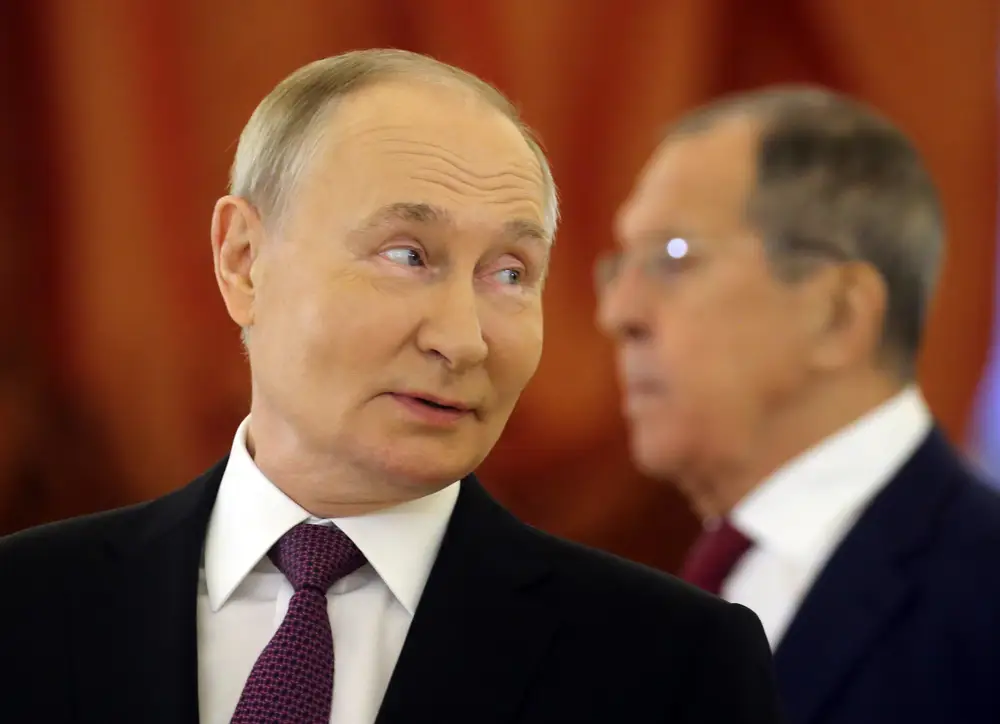Under strain from war, Russia plans a massive layoff in its public sector: report

Russian President Vladimir Putin signed a bill last month to cut staff in some government agencies by 10%.
Russia is expected to lay off at least 40,000 government officials next year, according to a report by the Russian Kommersant newspaper.
Russian President Vladimir Putin last month ordered regional branches of federal government agencies to cut staff by 10% by July, per the publication.
The layoffs were believed to be planned for much earlier but were put on hold for several years due to Russia’s invasion of Ukraine and the COVID-19 pandemic.
According to Kommersant, the cuts are designed to make the civil service more efficient and raise the salaries of existing staff.
Russia’s official wage statistics, published in January, showed wages in the private sector rose by 8% to 20% last year.
The cuts would also allow more people to enter Russia’s labor market which is experiencing a widespread shortage of workers amid Russia’s invasion of Ukraine.
According to an estimate from the Russian Academy of Science’s Institute of Economics, Russia was short a record 5 million workers at the end of 2023.
Workers have been pulled into the Ukraine war or forced to flee after Putin enacted a major mobilization to increase wartime recruitment.
Russia has turned to migrant and prison labor to supplement its workforce, but those aren’t sustainable solutions to its population problem, according to a report by Harley Balzer, a professor emeritus at Georgetown University.
Last year, Russian Central Bank Governor Elvira Nabiullina warned that continued workforce depletion would threaten Russian economic growth.
However, so far, Russia’s economy has held up partly because of its war spending, which has boosted growth despite soaring inflation and high interest rates.
Inflation hit 9.8% in September, and potatoes, which are a staple of Russian diets, saw a 64% increase in price this year.
Russia is expected to spend $140 billion on its defense industry in 2024 and up to $145 billion in 2025, or 6.3% of its GDP.






